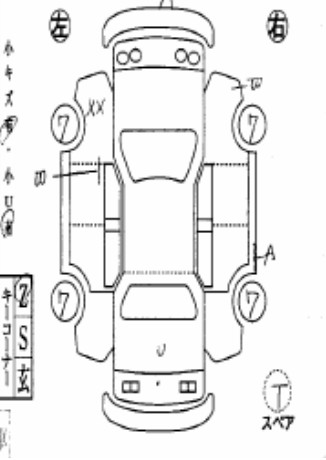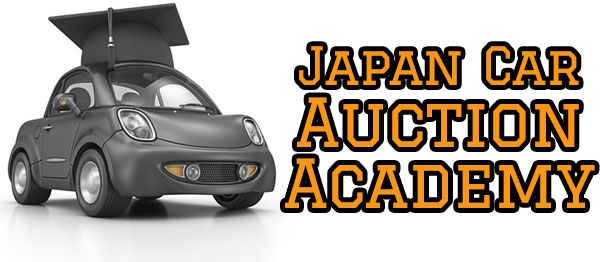Why Consider Repair and Accident Grade Cars?
Bidding on a car that has a repair history or accident history grade may sound like a risky proposition, but here are a couple of things that may make you question that assumption.
First of all, cars that are grades 3.5 and 4 can often have some minor repair work done anyway. What in one auction with one inspector might be treated as a grade 4 might well have been considered a grade R in another auction with a different inspector looking at the exact same car.
The other thing is that a lot of car repairs in Japan are done for relatively minor defects. This is particularly true when the car has had a minor scrape when new.
Japanese people love new things and do not want their almost brand new car looking anything other than perfect. So, often, the mechanic is able to persuade them to get a new panel fitted instead of the much-cheaper alternative, which would be to buff out a scratch or panel-beat the metal.
How can you pick out these lightly-repaired vehicles that are likely to have less competition for them as a result of the stigma of their R or 0 (accident) grading?
Finding Repair and Accident Grade Cars To Bid On
The first thing you need to do is to take a look at the car map. In particular you will be looking for “XX” on the map. This tells you that a panel has been replaced in that location. The fewer of these that a car has on the map, the less likely it is that it has had a lot of major repairs. Sometimes you may even find cars that have no replaced panels marked on the car map at all!
Take a look at the two car map images. Both of these are from grade R cars. As you can see, one has had just one panel replaced, and the other has had much more serious work done with many panels replaced:
Grade R With Minor repairs

Grade R With Major repairs

How To Narrow Down Your Target Cars
The only time that replaced panels may not be indicative of the extent of the repair is if the car is a modified street racer-type car. With these cars it is not uncommon to see panels replaced for cosmetic reasons (for example, replacing the bonnet with a carbon fiber item) rather as a result of the original panel actually having been damaged.
Anyway, the main thing is to use this little trick to whittle down the grade R and accident repair cars to a smaller group that is likely to be made up of cars that have only been repaired lightly.
So now you have your smaller group of potential bidding targets, you want to narrow it down to the ones you want to actually bid on. And the only way to do that is to know the details of what the auction inspector has written on his report. Of course, we do not expect you to understand Japanese, which is why we offer a professional, human translation service to our customers.
What you are looking for here is cars that have not had internal damage or repairs. In other words you will be wanting to avoid cars with these kinds of comments:
- Trunk floor distortion
- Back panel bent
- Radiator support dented
- Right front inner panel replaced etc.
Once you have read the translations and eliminated these cars, you have your group of lightly-repaired vehicles ready to bid on. And the fact that they are graded with repair or accident repair grades means that you will be facing less competition and as a result you should be able to get some good deals.

We find that the most successful importers really understand how it all works - from the auction to the ship and beyond. Don't get left behind!


